 A few weeks ago, we were talking about Jesus as the Good Shepherd and also discussed the Parable of the Lost Sheep. You might think those are two very different stories, but they do go hand-in-hand. First off, I started by bringing a sheep to class. Before you start calling me Mary, no. It was only a stuffed animal I found in a closet in the church building. But it worked to help me make my points. Then, I discussed various aspects of sheep.
1 Comment
Basically, since I started teaching Bible class, I have stayed pretty close to the second grade class. It's what I call my "heart" age. I love that they're still young enough to have imagination and have fun, but old enough to be able to write words and cut a mostly straight line. And in all the places I've lived, second graders learn the Old Testament. In some places, I've covered everything from Genesis to Esther/Ezra/Nehemiah. In others, I only make it through part. But either way, I haven't had a whole lot of experience with teaching Jesus.
So, when the congregation where we are now decided to change curriculums this year, I expected it would simply be a slightly different layout of the Old Testament. Well ... I was wrong. And this quarter, I'm teaching Jesus. Needless to say, I had to come up with some visual aides and some craft ideas quickly. Not to mention some other ideas. A few weeks ago, I taught the story of Jeroboam and Rehoboam in my Sunday school class. It's found in I Kings 11 and 12. Basically, because Solomon, despite his wisdom, let his various and sundry wives and girlfriends lead him away from worshiping only God, God decided that Rehoboam, Solomon's son, wouldn't get to be king over ALL the tribes of Israel. So, God gave 10 tribes to Jeroboam, one of Solomon's enemies, which became the nation of Israel. Judah and Benjamin stuck with Rehoboam and became the nation of Judah. We started class by labeling a map with approximately where all the different tribes lived in Canaan. Then, I got into the story. Here's my first visual aide. I basically took a piece of scrapbook paper, folded it in half, then cut out a garment shape. This is the new garment that I Kings 11:29 says the prophet Ahijah was wearing. When Ahijah met Jeroboam, he took off his garment and tore it into twelve pieces. While you're telling the story, tear your garment. Then, Ahijah told Jeroboam to take ten pieces for himself because God was going to give him ten tribes to be King over. After that, I talked about Rehoboam's bad decision to listen to his peers instead of the elders. When we get to the part where the Bible says ten tribes followed Jeroboam and only two stayed with Rehoboam, we draw a dashed "line" where the kingdom divided on the map we started class with.
For a take home paper, I let each child have this sheet, which is a garment listed with each of the twelve tribes. They can color it and cut it apart to be a puzzle so they can remember the lesson. I hope this has helped any of you needing to teach this hard lesson in your class. I'd love to hear if you have come up with any other ideas, too. Remember a few weeks ago when I posted how my uncle had crafted several Bible times houses for my mom and aunt to use when teaching their classes? Well, he's agreed to share the instructions with us. I'm attaching them at the bottom of this post, so keep reading. There are two different houses. The one pictured above is the teaching house. It can be used for a basic house for many stories, but it also has a trap door in the roof which allows it to be used for the story where the friends lowered the lame man through the roof. He has also built a small house to go on top so you can tell stories like the widow who built a room for Elisha to stay in when he came through or to tell the story of Jesus giving the last supper to his disciples in the Upper Room. The second house is called the foolish man's house. It can be used, obviously, for the wise man and foolish man parable. It could also be used to teach about the walls of Jericho. He's rigged it to where it falls down with the flip of a lever. So fun. Are you impressed? I know I was. I'm hoping to one day get him to make me a set, too. They're the perfect size for my peg dolls. Want to see if you can make (or have someone handy make) your own? Here's the instructions! I'd love to hear about it, if you do make a set.
Instructions for Teaching House Instructions for Foolish Man's House While we were visiting my family for Christmas holidays, my daughter and niece were blessed to have my mom as their Bible class teacher that Sunday. She happened to be covering the lesson of the wise men visiting young Jesus, and when I saw the different things she was using for her lesson, I asked if I could share her ideas with you, in case you need some for the future. Something I've discovered, and she has, too, is that children love to be able to "act out" the story in some way. I made her a set of the Bible peg dolls I did for myself and my sister (and an aunt) last year, and she's put them to good use. If you don't know what I'm talking about, that post is here. The week before, she had used these three for Joseph, Mary and baby Jesus. The house behind them is one my uncle made for her. (If I can sweet talk him into it, I'll post those details later.) For the wise men, she used the king figure I had painted as well as two of the other men figures with a small piece of fabric over their heads to make it look a headdress. She found this neat set of animals in the Christmas products at Michaels and knew immediately that they'd work for her Bible class. Aren't they cute? I wish I'd had time to head to that store, too, but maybe next year ... It seems I always need a camel at least once a quarter. Just a great reminder that you never know where you might find a great prop for a Bible lesson. For her craft, she printed out a coloring sheet like the one below and just labeled the different containers to say the gifts that the wise men brought. She let the kids color them as they wanted. Then, they added the gifts. For the gold, she had found some chocolate candies with gold wrappers. They were super excited to get to eat the candy so they could glue the "gold" on their sheets. For the frankincense and myrrh, she had bottles of those two essential oils in her stash. She cut a slit in the paper and had another paper behind it so they wouldn't fall through. Then, she let the students put a drop or two of the oils on a small piece of felt and stick it in the little pocket she had made. That way, they could smell it and get an idea of what it might have been like. I love that idea. Especially with all the different companies that have now made essential oils more affordable. I keep frankincense in my stash, too. It's great for headaches and mood lifters and wrinkles! Think Mary used it for any of that? I'd love to hear from you. Have you ever used essential oils in a Bible lesson? Got any other neat ideas that are similar to this? Ever taken a coloring sheet and made it more?
A couple different curriculums I have used in the past few years have started by introducing the children to the Bible. By that, I mean having one (or two in the one I'm using now's case) lesson on how we got it, what it consists of, etc. For older kids, that probably wouldn't be an issue, but I teach lower elementary, mainly second grade. Those kids need something to keep their attention. I had seen another site where they had done up a wooden book like you see above (I got mine at Michaels using my 40% off coupon) to look like a Bible. When you open it up, you can have anything you want inside. For this lesson, I did a search through a concordance for other words associated with "Word of God" or "Word of the Lord" or even "Scripture." I then came up with the different images to go with each scripture. I cut mine out and laminated them. Then, we talked about each one and what it meant as I pulled them out. Each of the students had a sheet to follow along and we looked up most of the scriptures together. This helped them realize that the Bible isn't just a book of stories. It is important because it's alive and powerful and the only thing that can help us be free and get to Heaven. If you would like copies of these, click here to download and use in your own classroom. Another week, we talked about information like how long it took for the Bible to be written, how many people helped write it down, and what all it consisted of. I have a little worksheet here, if you're interested in a copy of that, too. The answers are included on the back pages. I like to copy mine front and back and then let the students fold them in half so they look a little like a Bible. Sometimes, it's just helpful to have something to write it down on.
To start that lesson, I have each student a piece of poster board and told them to cut it into a puzzle piece. When we all got together, I asked if they could make one puzzle out of all their pieces. No matter how hard they tried to wiggle and turn them, they wouldn't all fit right because they had been made by different people who had different ideas of what a puzzle piece should look like. I then asked if they knew how many people had written the Bible. After letting them guess, I finally said around 40. Then, I said, "If 40 different people worked on this, does it fit together like the puzzle we made or does it fit together perfectly?" That led to a great discussion on how, even though the Bible is made up of various stories and books, it is really one story that goes from Genesis to Revelation, and it's perfect and complete because God is the one who gave all the authors the words. It was a really great illustration my curriculum had suggested, and I just had to share in hopes that this will help some of you as you teach, too. I am all about teaching using various styles of visual aides. Some weeks we act it out. Sometimes, I use magnets of pictures having to do with the story. Some weeks I have props. Sometimes, I use Abeka books. Occasionally, we draw the story together. This week, my last week of the quarter, I'm teaching Elijah and the Prophets of Baal. And I'm going to do it in the dark. Why? Because I am doing a black light lesson. Ever heard of it? When I first found out about black light lessons, I was immediately enamored. Maybe it's because I'm a girl born in the 80s who grew up the 90s when black lights were fun to play with. Maybe it's because it catches the children's attention better than a lot of other visuals. Maybe I just have a flare for the dramatic. Who knows? But if you've never tried it, I highly recommend it as a way to mix things up every now and then.
Here's how I'm doing it. I skimmed pinterest until I found several different coloring sheets telling the story of Elijah and how he defeated the 300 prophets of Baal. I printed them all out and colored with highlighters. I mostly just use the highlighters on the pieces that are most important ... like the FIRE that God sends down. Oh yeah. I then cut out the parts of the pictures I wanted and glued them onto black cardstock. On Sunday, I will have one of my kids hold my blacklight for me (it's a flashlight) to shine on the pictures as I hold them and tell the story. We turn the lights out with the door open just a crack (there's no windows in our room so it gets really dark otherwise). Each picture, with the fluorescent light shining on it, practically jumps off the page and shines in neon colors. The kids love it. They groan when we have to turn the lights back on to move to the craft and review part of class. I've done it with several other stories (Joseph --seriously, think about how many colors go in that coat! -- and Ruth, and I think Elijah in the whirlwind) and it's always a hit. So, go buy some highlighters and get coloring. Your kids will appreciate it. I'd love to hear about your experiences with teaching this way. Remember in November when I posted my cute Bible Peg People? No? Well, you can re-read that post here. Anyway, when I first decided what all I was going to paint for those, I thought I had come up with enough different figures that I could tell just about any Bible story. Then, I started teaching Bible class again this month. And I was teaching the story of Hannah. Name the people involved: Hannah, Samuel, Elkanah, Peninnah, and ... Eli the Priest. Had I painted a priest? Um, that would be a big fat no. So, I got out my paints and some blank peg dolls and set to work. High priests had to wear very particular outfits, so I wanted to get as close as I could. It's hard to see in the picture, but there really are 12 stones on the chest plate. I think I did okay. What do you think? Just ignore the messy paint splotches on my fingers. I was so excited when I got finished that I sent my sister a picture right away before cleaning up. My Bible class kids were impressed, too, and they loved having the little figures to retell the story with when we had a few extra minutes at the end of class. Mission accomplished.
My sister gave me a request for her birthday this year. I had made some princess peg people for my niece's birthday several years ago. And I plan to make some community worker peg people for my nephew for Christmas. She wondered if I could do Bible peg people. She and her husband always do a little Bible story with the kids before bed each evening and she thought these might be a fun addition. I ended up doing four sets because I know a couple other people who will want some for upcoming birthdays, and, of course, I wanted one for myself, too. If you look on pinterest and etsy, you will find mostly nativity sets. And I am definitely not paying $95 for some. Obviously, I chose the wrong job! Ha! I wanted something more generic that we could use for multiple Bible stories. Here's what I came up with. I did two babies. They're pretty generic. I did three women, one older, one younger, and one more queenly that I thought would work for stories like Esther or Rahab. I also did a child/teenage girl. In addition, I came up with four men. One fisherman, one shepherd, one plain guy, and a king. Then, I did a child/teenage boy. What do you think? Would you add any? Could you use something like this to teach your family and/or Bible class kids?
|
I am one of those Bible class teachers who can't stand to just present the lesson and then hand out a worksheet. I want whatever I do in class to stick with the kids, reinforce the lesson, and really make them understand that this isn't just a story ... it's something that really happened. I want to include some of the ideas I've come up with here so that I can hopefully help some of you who want the same thing. I'd love to hear your ideas, too!
Archives
May 2024
Categories
All
|


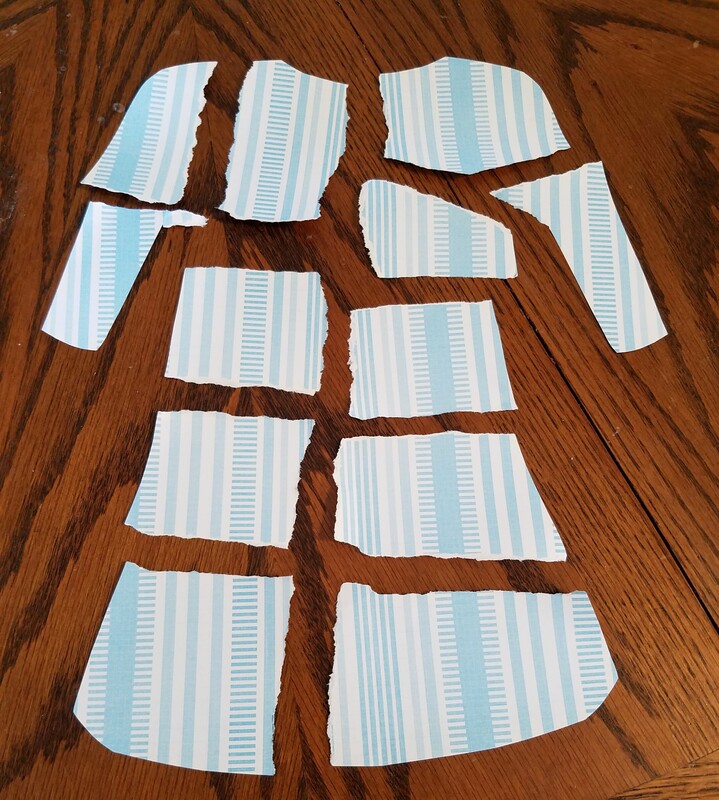

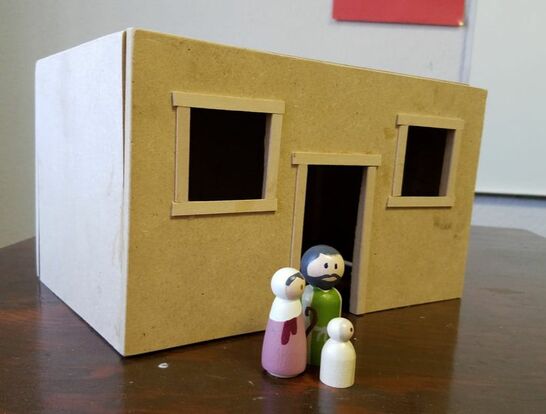
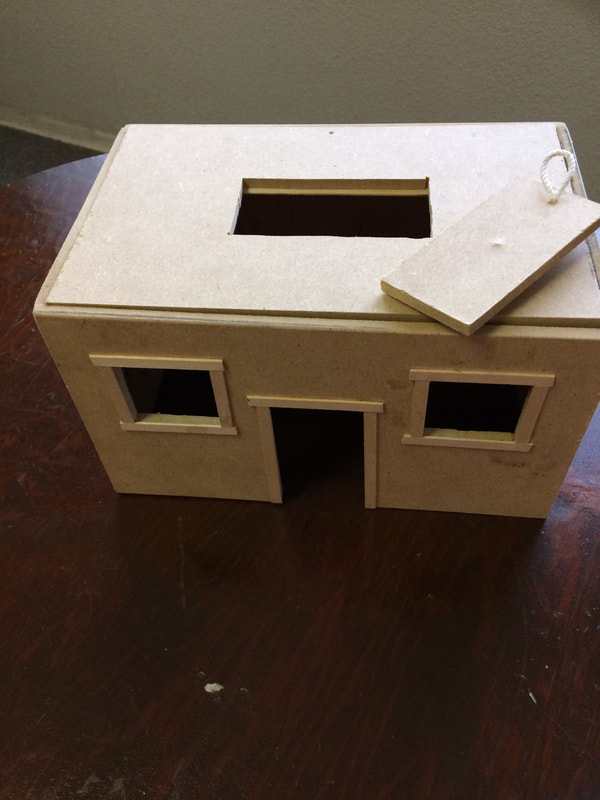
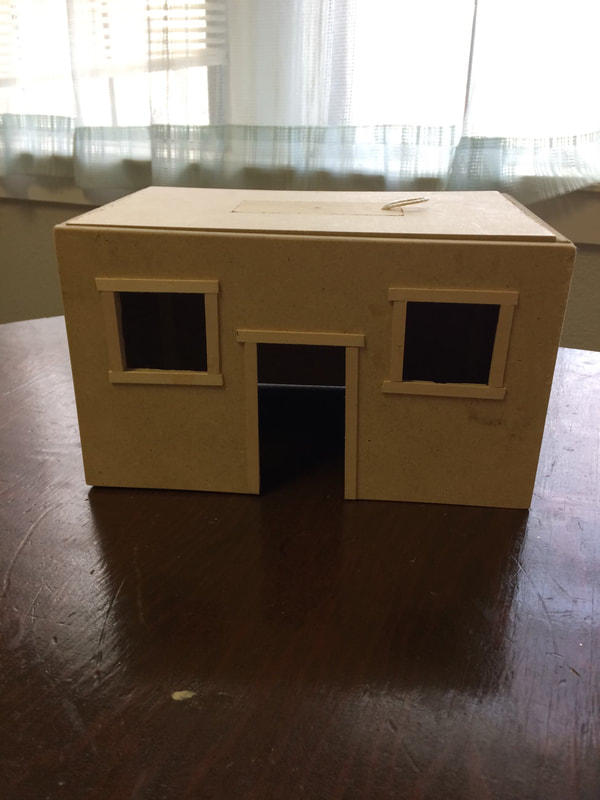

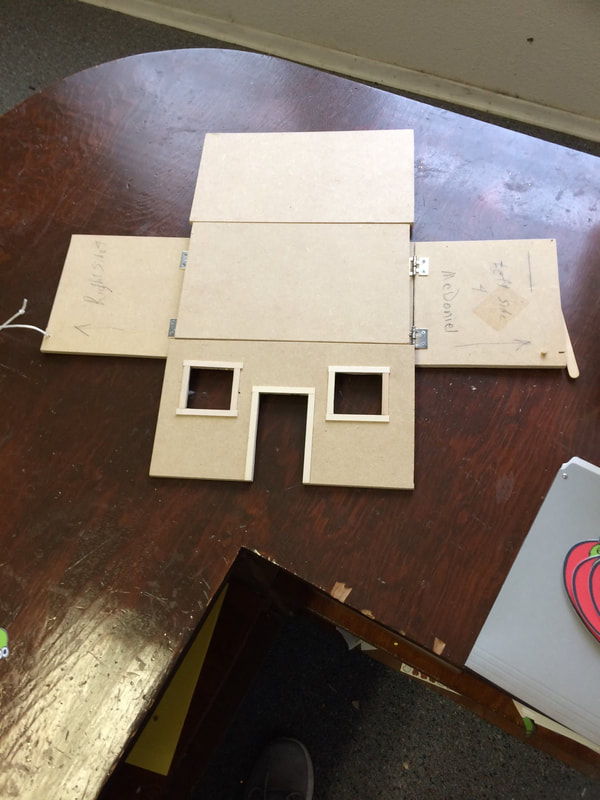
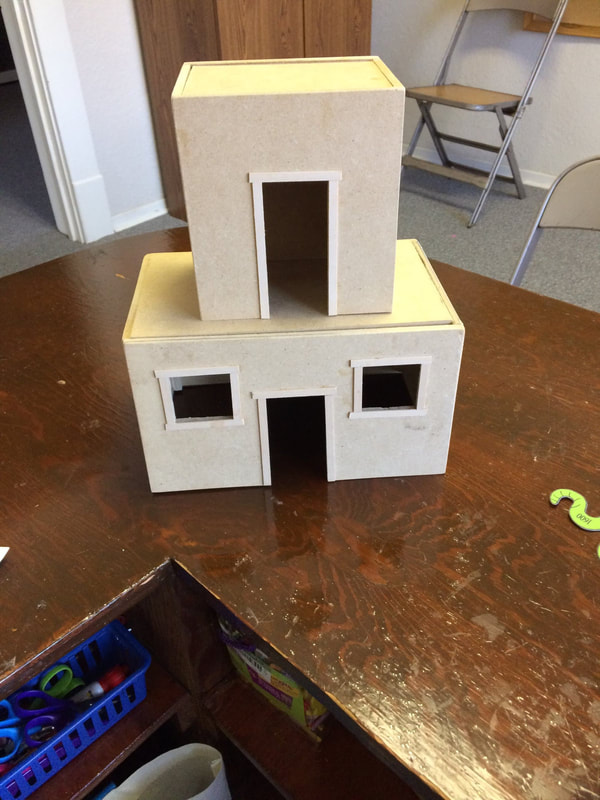
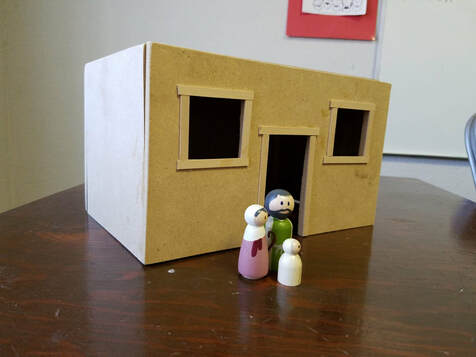



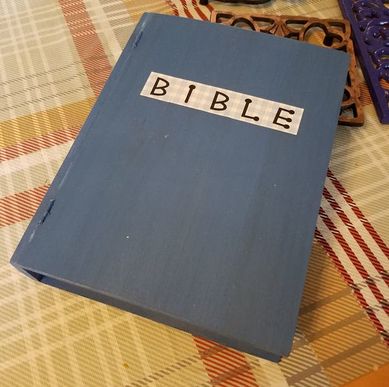

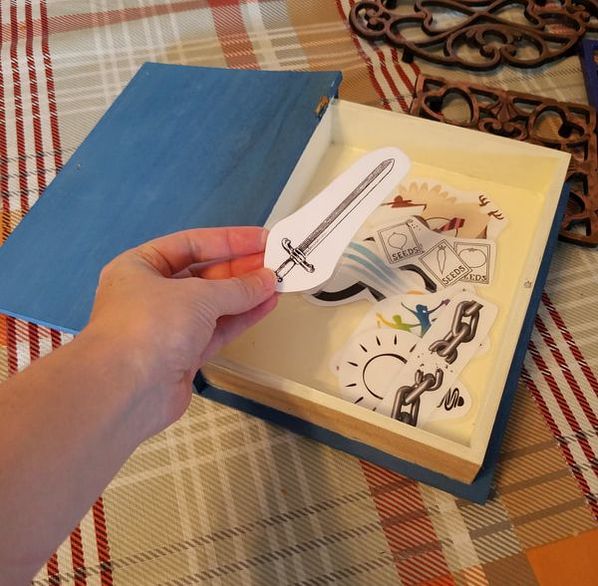

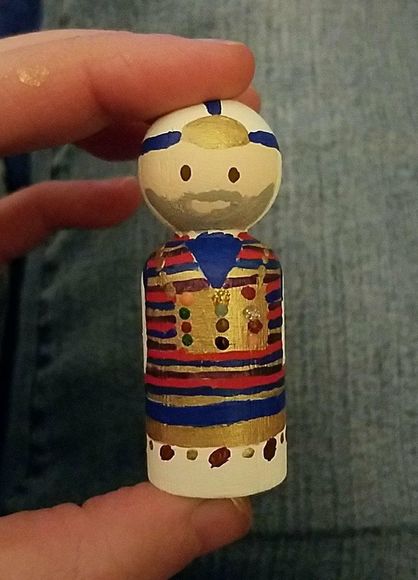
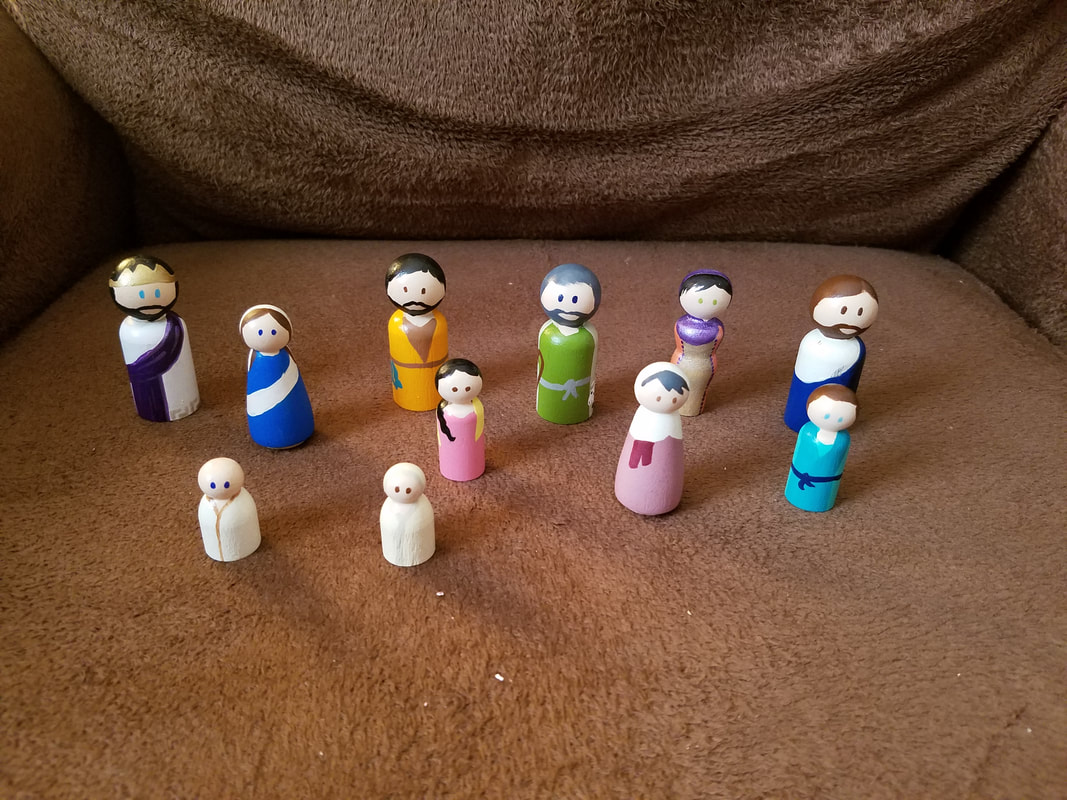
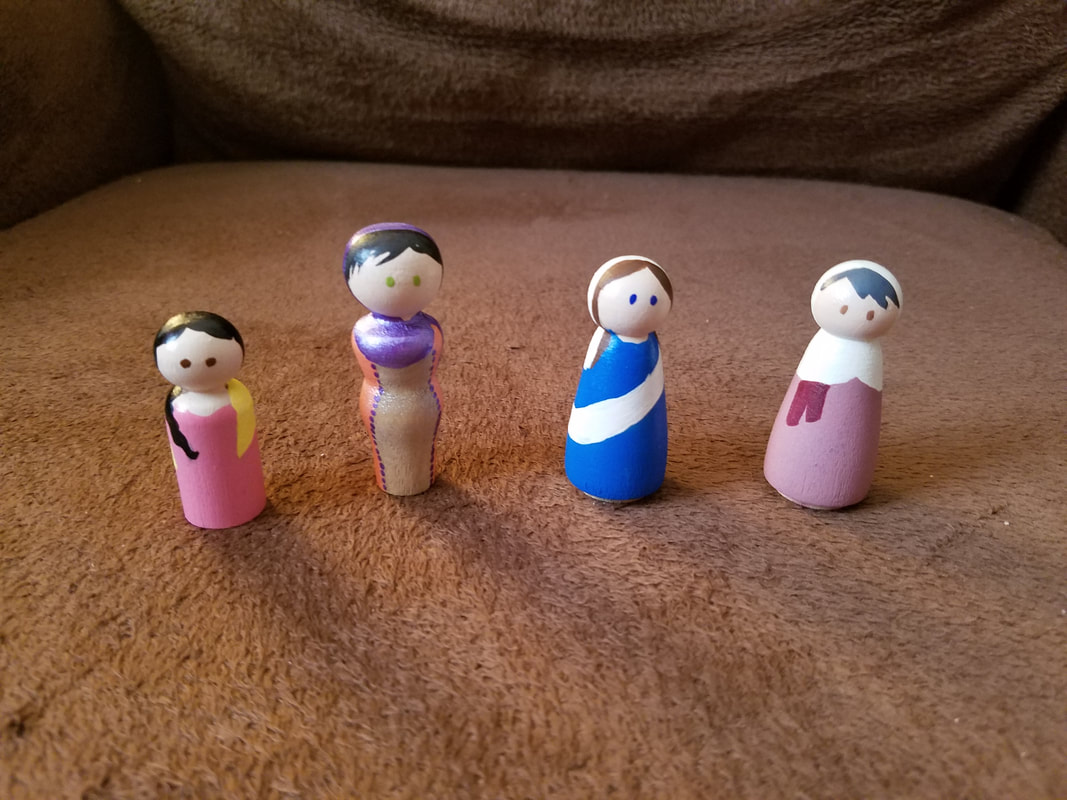

 RSS Feed
RSS Feed
